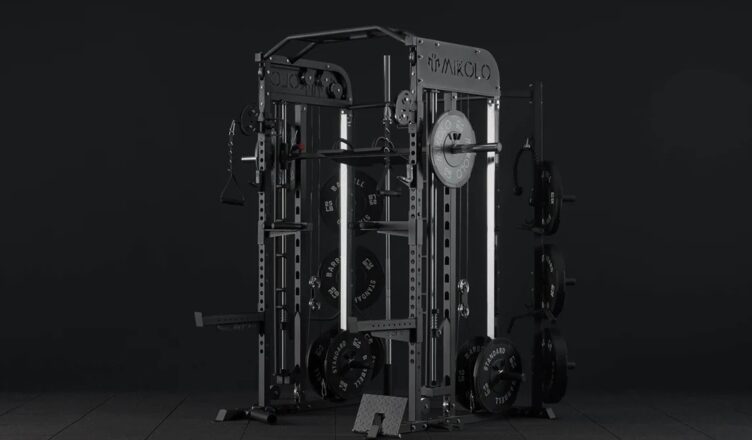Cable machines are a staple in gyms worldwide, offering versatile and effective workouts for all fitness levels. Whether you’re a seasoned athlete or a fitness newbie, understanding how to use cable machines can elevate your strength training routine. This guide will explore the benefits, popular exercises, and tips for using cable machines at Gym-Mikolo effectively.
What is a Cable Machine?
A cable machine, also known as a pulley machine, features adjustable cables and weight stacks. It allows for a wide range of motion and exercises targeting different muscle groups. The adjustable nature of the cables makes it possible to perform exercises at various angles, adding variety and challenge to your workouts.
Benefits of Using Cable Machines
- Versatility: Cable machines support a vast array of exercises for every major muscle group, making them a versatile addition to any workout routine.
- Safety: Unlike free weights, cable machines provide more control and stability, reducing the risk of injury.
- Constant Tension: Cables maintain constant tension on the muscles throughout the exercise, enhancing muscle engagement and growth.
- Functional Training: The range of motion and adjustability mimic real-life movements, improving functional strength.
- Isolation and Compound Movements: Cable machines allow for both isolation exercises, targeting specific muscles, and compound movements, engaging multiple muscle groups.
Popular Exercises Using Cable Machines
1. Cable Chest Press
- Muscles Worked: Chest, shoulders, triceps
- How to Do It: Adjust the cables to chest height. Stand in the middle of the machine, holding the handles with your palms facing forward. Push the handles forward until your arms are fully extended, then return to the starting position.
2. Cable Rows
- Muscles Worked: Back, biceps
- How to Do It: Set the cable at a low position. Sit down, grab the handle, and pull it towards your torso, squeezing your shoulder blades together. Return to the starting position.
3. Tricep Pushdowns
- Muscles Worked: Triceps
- How to Do It: Attach a straight bar to the high pulley. Stand facing the machine and grab the bar with an overhand grip. Push the bar down until your arms are fully extended, then slowly return to the starting position.
4. Cable Lateral Raises
- Muscles Worked: Shoulders
- How to Do It: Adjust the cable to a low position. Stand to the side of the machine and grab the handle with one hand. Raise your arm to the side until it is parallel with the floor, then lower it back down.
5. Cable Squats
- Muscles Worked: Quads, hamstrings, glutes
- How to Do It: Set the cable to a low position. Stand facing the machine, holding the handles with your arms extended. Perform a squat, keeping your back straight and knees over your toes, then return to the starting position.
Tips for Using Cable Machines
- Start with Light Weights: Begin with lighter weights to master the form and technique before progressing to heavier weights.
- Maintain Proper Form: Focus on maintaining proper form to prevent injury and maximize effectiveness. Keep your core engaged and move slowly and controlled.
- Adjust the Machine: Ensure the cable machine is adjusted to your height and the specific exercise you’re performing. Proper adjustments enhance effectiveness and reduce the risk of injury.
- Incorporate Variety: Mix up your exercises and angles to target muscles differently and prevent workout plateaus.
- Use a Full Range of Motion: Perform each exercise with a full range of motion to fully engage the targeted muscles and improve flexibility.
Conclusion
Cable machines are an excellent tool for building strength, improving muscle tone, and adding variety to your workouts. By understanding how to use them effectively and incorporating a range of exercises, you can achieve your fitness goals safely and efficiently. Remember to start with light weights, focus on form, and continually challenge yourself to see the best results.

